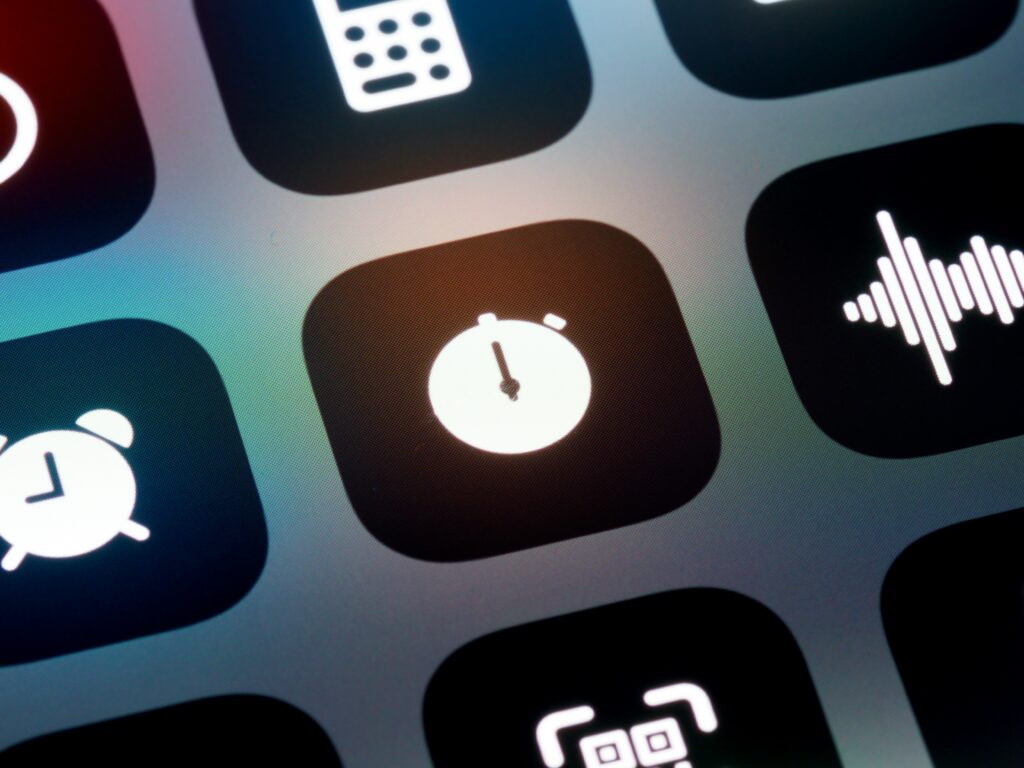In the realm of digital interfaces, widgets stand as dynamic components that enhance user experiences and streamline interactions across various platforms and devices. But what exactly is a widget, and how does it contribute to the modern digital landscape? Join us on an enlightening journey as we delve into the world of widgets, unraveling their functionalities, applications, and impact on user engagement and productivity.
Understanding Widgets
A widget is a small, self-contained application or graphical user interface (GUI) element that performs a specific function or provides access to information or services within a larger software application, website, or operating system. Widgets come in various forms, including clocks, weather forecasts, news feeds, calendars, calculators, and social media feeds, among others. They are designed to offer quick access to relevant content, tools, or functionalities without requiring users to navigate away from the current context.
The Evolution of Widgets
The concept of widgets traces its origins back to the early days of graphical user interfaces (GUIs), where desktop widgets and gadgets provided users with at-a-glance information and quick access to frequently used applications or utilities. Over time, widgets have evolved to encompass a wide range of interactive elements and functionalities, spanning desktop, web, and mobile environments. Today, widgets are ubiquitous across operating systems, web browsers, content management systems, and mobile app platforms, serving as integral components of digital interfaces.
Types of Widgets
Widgets can be categorized based on their form, functionality, and deployment environment, including:
- Desktop Widgets: Desktop widgets reside on the user’s desktop or home screen, providing instant access to information such as weather forecasts, news headlines, calendar events, and system utilities.
- Web Widgets: Web widgets are embedded components within websites or web applications, offering functionalities such as social media integration, live chat support, interactive forms, and multimedia content.
- Mobile Widgets: Mobile widgets, also known as app widgets, are interactive elements displayed on the home screen or lock screen of mobile devices, offering quick access to app features, notifications, and updates.
- Dashboard Widgets: Dashboard widgets are customizable components within software applications or web portals, allowing users to personalize their dashboards with relevant metrics, charts, and data visualizations.
Applications of Widgets
Widgets serve a multitude of purposes across various industries and domains, including:
- Productivity Tools: Widgets enhance productivity by providing quick access to calendars, to-do lists, notes, reminders, and task management tools, helping users stay organized and focused.
- Information Aggregation: Widgets aggregate and display real-time information from various sources, including news websites, social media platforms, stock market feeds, and weather services, enabling users to stay informed and up-to-date.
- Communication and Collaboration: Widgets facilitate communication and collaboration by offering features such as email previews, chat notifications, social media updates, and team collaboration tools, fostering seamless interaction and teamwork.
- Entertainment and Media: Widgets provide entertainment and media consumption options, including music players, video players, gaming widgets, and streaming services, delivering personalized content and recommendations based on user preferences.
The Role of Widgets in User Engagement
Widgets play a crucial role in enhancing user engagement and satisfaction by:
- Improving Accessibility: Widgets offer convenient access to relevant content, tools, and functionalities, reducing the need for manual navigation and streamlining user interactions.
- Enhancing Personalization: Widgets enable users to customize their digital environments with personalized content, layouts, and preferences, creating tailored experiences that resonate with individual needs and preferences.
- Increasing Interactivity: Widgets engage users with interactive elements such as buttons, sliders, forms, and multimedia content, encouraging active participation and exploration within digital interfaces.
- Driving Conversion: Widgets can serve as conversion tools by promoting products, services, or calls to action within digital interfaces, prompting users to take desired actions such as making a purchase, signing up for a newsletter, or completing a form.
The Future of Widgets
As technology continues to evolve, the future of widgets is marked by several trends and developments, including:
- AI-Powered Widgets: AI and machine learning technologies will enable smart widgets that adapt to user behavior, preferences, and context, delivering personalized recommendations and proactive assistance.
- Voice-Activated Widgets: With the rise of voice assistants and natural language processing, widgets will become voice-enabled, allowing users to interact with them using voice commands and conversational interfaces.
- Context-Aware Widgets: Widgets will leverage contextual information such as location, time, device type, and user activity to provide relevant and timely content, services, and recommendations tailored to the user’s context.
- Cross-Platform Compatibility: Widgets will evolve to be compatible across multiple platforms and devices, enabling seamless integration and consistent experiences across desktop, web, and mobile environments.
In conclusion, widgets are versatile tools that enhance user experiences, streamline interactions, and drive engagement across digital interfaces. From desktop widgets and web widgets to mobile widgets and dashboard widgets, these dynamic components play a pivotal role in shaping the modern digital landscape. As technology continues to advance, widgets will continue to evolve, offering personalized, interactive, and context-aware experiences that empower users and organizations alike. By embracing the potential of widgets, businesses and developers can create compelling digital experiences that captivate audiences, foster loyalty, and drive success in the ever-changing digital era.
